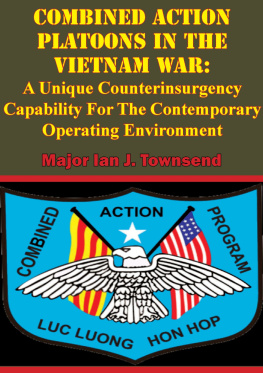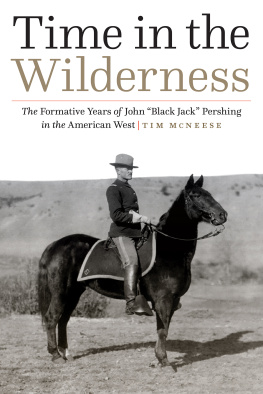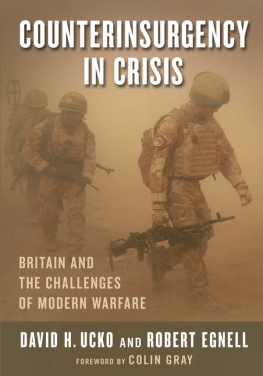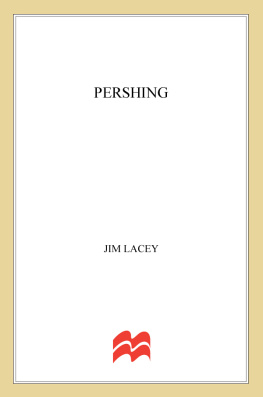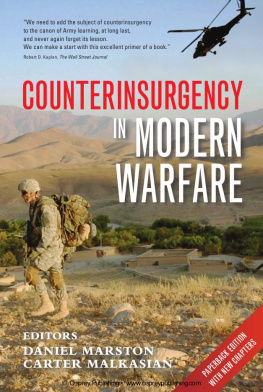American Datu
John J. Pershing and
Counterinsurgency Warfare
in the Muslim Philippines, 18991913
American Datu
John J. Pershing
and Counterinsurgency Warfare
in the Muslim Philippines,
18991913
Ronald K. Edgerton
Due to variations in the technical specifications of different electronic reading devices, some elements of this ebook may not appear as they do in the print edition. Readers are encouraged to experiment with user settings for optimum results.
Copyright 2020 by The University Press of Kentucky
Scholarly publisher for the Commonwealth,
serving Bellarmine University, Berea College, Centre
College of Kentucky, Eastern Kentucky University,
The Filson Historical Society, Georgetown College,
Kentucky Historical Society, Kentucky State University,
Morehead State University, Murray State University,
Northern Kentucky University, Transylvania University,
University of Kentucky, University of Louisville,
and Western Kentucky University.
All rights reserved.
Editorial and Sales Offices: The University Press of Kentucky
663 South Limestone Street, Lexington, Kentucky 405084008
www.kentuckypress.com
Library of Congress Cataloging-in-Publication Data
Names: Edgerton, Ronald K., 1942 author.
Title: American datu : John J. Pershing and counterinsurgency warfare in the Muslim Philippines, 18991913 / Ronald K. Edgerton.
Description: Lexington, Kentucky : University Press of Kentucky, [2020] | Series: Battles and campaigns | Includes bibliographical references and index.
Identifiers: LCCN 2019049769 | ISBN 9780813178936 (hardcover) | ISBN 9780813178950 (pdf) | ISBN 9780813178967 (epub)
Subjects: LCSH: Pershing, John J. (John Joseph), 1860-1948Influence. | MuslimsPhilippinesHistory20th century. | PhilippinesHistory18981946. | CounterinsurgencyPhilippinesHistory20th century. | Mindanao Island (Philippines)History, Military20th century. | Sulu Archipelago (Philippines)History, Military20th century. | United StatesHistory, Military20th century.
Classification: LCC DS685 .E34 2020 | DDC 959.9/032dc23
LC record available at https://lccn.loc.gov/2019049769
This book is printed on acid-free paper meeting
the requirements of the American National Standard
for Permanence in Paper for Printed Library Materials.
Manufactured in the United States of America
| Member of the Association of University Presses |
To my amazing wife, Thelma,
two extraordinary children, Kate and Jeremy,
their loving spouses, Van and Jenni,
and four astonishing grandchildren, Peter, Benji, Duncan, and Isaac
Contents
Preface and Acknowledgments
This book highlights a seminal but largely overlooked period in the development of American counterinsurgency strategy. It examines how Progressive counterinsurgency ideas and methods evolved between 1899 and 1913 as Americans fought Philippine Moros in their first sustained military encounter with Islamic militants. It then compares those ideas and methods with current theory on counterinsurgency warfare as set forth in The U.S. Army * Marine Corps Counterinsurgency Field Manual.
This study does not, however, focus just on what Americans did in the southern Philippines a century ago. It also explores how MorosMaranao, Maguindanao, and Tausug especiallycontested American military intervention in their lives. How did they bend the narrative? How did Progressive counterinsurgency in Mindanao and Sulu come to have a Moro face?
Finally, American Datu analyzes how John J. Pershing, during his seven years of service among Moros, contributed to Progressive counterinsurgency tactics. How did his approach compare with Leonard Woods radically different ideas on pacification? In the most creative years of Pershings life, how did he pull together lessons learned from his Philippine experience to craft a relatively balanced and fullspectrum approach to fighting small wars?
I did not initially set out to write a book with these focal points. In fact, as I look at my starting outline and prcis, I can find few points of similarity. More than in any other scholarly work that I have done, this book has taken unexpected twists and turns in almost every chapter. As I got deeper and deeper into my research, the evidence took me in new directions. At the outset, my views on Pershing, the Philippine Moros, and counterinsurgency warfare bore little resemblance to what I discuss here. Just as Pershings Moro years turned out to be the most creative time of his life, so my work on this project has turned into one of the most creative times in mine.
A key moment in my research came during a visit to the U.S. Military History Institute in Carlisle, Pennsylvania. Thats when I met and conversed with Dr. Conrad Crane, who played a central role in conceptualizing and writing The U.S. Army * Marine Corps Counterinsurgency Field Manual. He understood immediately the potential relevance of Progressive counterinsurgency in the Muslim Philippines to small-war theory today. He encouraged me to focus on that aspect of my work. I thank him for that encouragement.
My grateful thanks also go to family, friends, and colleagues across the globe for their ideas, critiques, support, and patience as I have worked through my changing thoughts on Pershing and counterinsurgency warfare among Philippine Moros. My wife, Thelma, has urged me from the start to follow the evidence, trust in my research, and believe in myself. As an act of pure love, she has read and edited the text multiple times. My sisters, Kathy Kendall and Alicelee Edgerton, have graciously hosted me time and again in my research visits to their hometowns, Washington, D.C., and Carlisle, Pennsylvania. My brother, Bill, and his wife, Marilyn, have never failed to ask me how the book is going. And my children, Kathryn and Jeremy, both of whom are first-class researchers, have provided all the love, support, and critical thinking that any pop could ever desire. Many years ago Peter Gowing hosted me for a delightful visit to Marawi City and talked with me nonstop about the American Mandate in Moroland. Annie Barva was the best editor with whom I have ever worked. Richard Gilbreath, cartographer-educator in Lexington, Kentucky, crafted the beautiful maps. And two anonymous reviewers greatly improved the text with their insightful critiques of earlier drafts. To all the archivists and librarians who have aided me, many thanks. And many thanks as well to son-in-law Van Tarpley, daughter-in-law Jenni Edgerton; Paula Tronolone; Rick and Amy Pruett; Jeff and Erika Pruett; Chris and Scotty Burns, my History Department colleagues Al Cornebise, Steve Powers, Mary Borg, Barry Rothaus, and Marshall Clough at the University of Northern Colorado; the High Plains Chautauqua friends who talked me into impersonating Black Jack Pershing; as well as David Caldwell, Pat Graham, Ila Leavy, Bill Agan, Tomas Santos, John Loftis, John Bookman, and Stow Witwer. I am deeply grateful to all.



